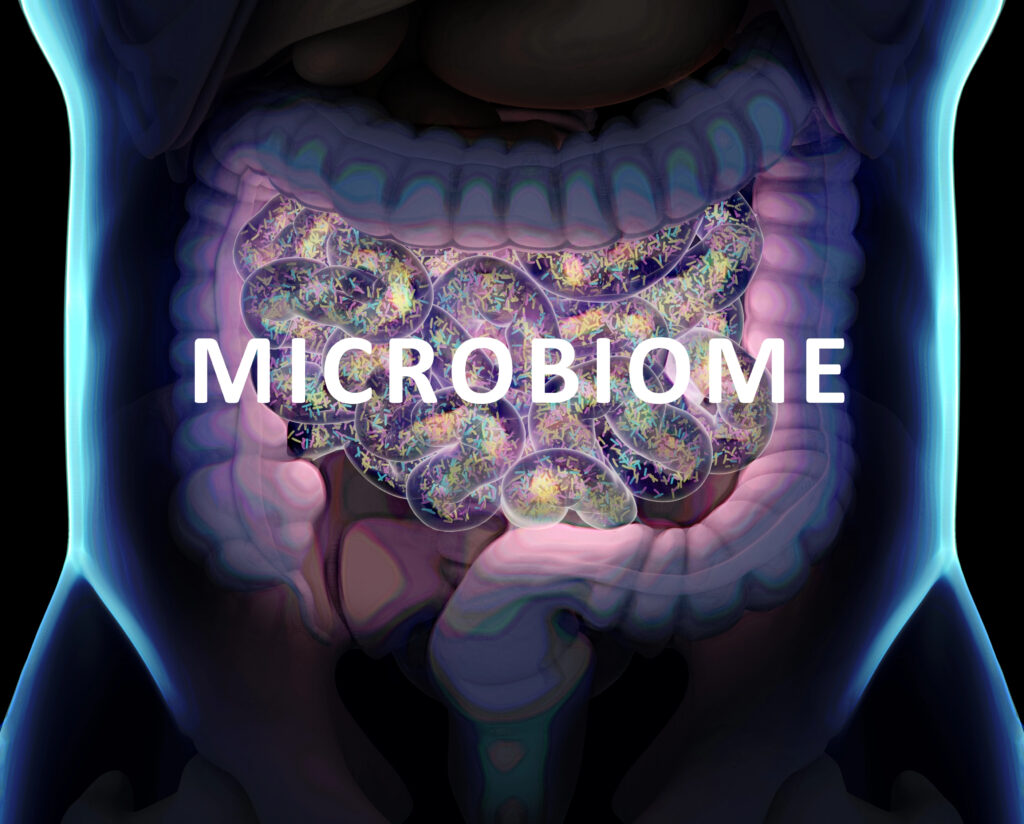Allergy season is upon us and there are many ways to naturally manage allergies. Although the outdoors are wonderful, for many of us it begins a season of discomfort.
An allergic reaction occurs when the immune system misinterprets a harmless substance as a threat and releases histamines to fight the perceived threat. You may get shortness of breath, runny nose, itching of the eyes, nose or throat, sneezing, fatigue, respiratory and nasal congestion, headache, hives or other skin rashes.
Where are allergens found?
Allergens are found in either the environment or in food. This article is devoted to environmental allergies only. Food allergies are a subject unto themselves.
The most common indoor allergens include mold, animal dander, dust, feathers, cosmetics & perfumes, household products, certain metals (especially nickel), and lanolin. The most common outdoor allergens are tree, grass and weed pollens, insect venom and mold spores.
What is the cause of allergies?
The cause of specific allergies is unknown, but heredity can play a part. If a parent has allergies, one out of three of their children will likely experience allergies. Also, a generally depressed immune system and high levels of stress can make allergies more severe.
If allergies are left untreated, chronic sinusitis may result. This causes persistent inflammation of the mucus membranes in the sinuses. It also prevents the membranes from performing their defense function. And it’s terribly uncomfortable!

Is it an allergy or a cold?
A “cold you just can’t shake” is often allergies. A cold will usually run its course in 7 to 10 days, and may be accompanied by a low fever and fatigue. Allergies can last weeks or even months, depending on exposure to the allergen.
The character of mucus with a cold tends to be thicker and more yellow in color, as opposed to very thin and clear with allergies. You may sneeze with a cold or allergies, but the sneezing from allergies is more persistent and spasmodic.
How can I tell what I am allergic to?
Skin tests can be performed to see what you are allergic to. However, the more things you are allergic to, the more unreliable the test is.
Another way to tell what you are allergic to is to look at the timing of your symptoms. Tree pollen allergies are at their height in the Chicago area from late March to mid-May. Grass pollens are worst in late May and into June. Mold spores peak in July and August and ragweed and other weed pollens peak in August and into the fall.
I like to check local allergen counts on the American Academy of Allergy, Asthma, and Immunology website . I check this site when I have symptoms to see what pollens are present.
For indoor allergens, see when your symptoms are worst. Is it during the warm, damp months? Is it right before your house is cleaned? Right after? When your pet hasn’t been groomed in a while?
If you suffer when your home feels damp, you may have a mold allergy. Get a dehumidifier to reduce this issue. If you suffer right before your house is cleaned or while you are cleaning then you likely have a dust allergy. Note how you feel after the house is cleaned and if you are bothered, then you may be sensitive to the household cleaners being used.
Pet dander can also cause allergies, so pay attention if your symptoms are worse when your pet hasn’t been groomed in a while.
Fortunately, there are homeopathic formulas that are targeted at specific allergens, so this is a good way to handle all of the above.
Is there a way to avoid allergens?
While allergens cannot be completely avoided, you can avoid them at their peak activity. Sunny, windy days typically have the highest pollen counts. The sun stirs up the pollens and the wind carries them from place to place.
Pollens are most active in mid-morning when they are just getting stirred up and again in the early evening when they are settling down for the night. The absolute best time to be outside to minimize exposure is immediately after a rainstorm. Plan your gardening and other outside activities around these times.
For indoor allergens, the best way to avoid them is to keep your house very clean, use protective mattress covers, filter your air, and keep your house sufficiently dry. All types of indoor allergens thrive in a warm, damp environment.
What can I do to manage my allergies?
There are multiple natural ways to manage your allergies. We’ll talk about many of them below. Keep in mind that the most effective approach is likely to combine several herbs, nutrients, or homeopathic remedies.
Two formulas that I love for managing allergies are Sinuplex by Metagenics and DHist by Ortho Molecular (available in-office only). Other favorites include the homeopathic Bio Allers formulas targeted at specific allergens. These include tree pollens, grass pollens, mold, ragweed and more. Need help? Our staff is ready and willing to help you choose what is best for your personal situation.
Diet
To keep your immune system healthy, make sure you get enough lean protein. Seafood and organic tofu are especially good sources that don’t encourage mucus production. Drinking lots of water will also thin mucus secretions.
In general, emphasize non-mucus forming foods like whole grains, fruits and vegetables, cold-pressed oils and raw seeds and nuts. Stay away from dairy products, fried and processed foods, refined flours, chocolate and eggs.
Nutrients to the Rescue!
Quercetin is a flavanoid that has a natural antihistamine effect and therefore will be in many combination allergy formulas. It can also be taken separately.
MSM (Methylsulfonylmethane) reduces both the allergic and inflammatory responses.
Bromelain is an enzyme that helps with inflammation in both the sinuses and the digestive tract.
Probiotics replace the healthy bacteria in the intestinal tract and in the sinuses. Certain probiotics populate the nasal and respiratory tracts and can be helpful in fighting allergies.
Vitamin C helps immune system function, is a natural anti-inflammatory agent, and is synergistic with quercetin.
Fish or Flax oils provide essential fatty acids that reduce the inflammatory response and provide lubrication to the mucus membranes.
Herbs That Relieve Allergies
Stinging Nettle is the premier herb for allergies and reducing inflammation in the sinus cavities.
Eyebright is important for red, swollen or burning eyes.
These herbs may be found alone or in combination with one another and/or some of the nutrients above.
Homeopathic Remedies
With homeopathic remedies, if you use a single remedy, it is important to pick the remedy that most closely matches your symptoms:
Allium cepa is good for burning, watery eyes and a runny nose. Sneezing is common and your symptoms feel better in open air.
Arsenicum album is good for burning eyes and a runny nose that doesn’t stop, causing raw skin under the nose. It is effective for a highly sensitive person with many allergies.
Euphrasia is for red, burning, tearing eyes.
Histaminum is for allergy symptoms that come on quickly that are not life-threatening (e.g. no anaphylactic response).
Lycopodium is for people with right-sided nasal and throat symptoms.
Natrum Muriaticum is for people who sneeze from the sun. They tend to get cold sores and crave salty foods.
Nux Vomica is for people with diverse allergy symptoms who may wake up sneezing. People with an affinity to this remedy tend to crave sweets, tobacco, coffee and other stimulants.
Sabadilla is for people who suffer many sneezes in a row and a runny nose.
Silica is for people whose allergies manifest as upper respiratory problems that develop into infections. They tend to feel low in stamina.
Clearing Nasal Congestion
 There are many nasal sprays that help to relieve the soreness caused by allergies, help to drain mucus, and prevent infection from developing.
There are many nasal sprays that help to relieve the soreness caused by allergies, help to drain mucus, and prevent infection from developing.
One other way to keep the sinuses clear is to use a netti pot. It is a small ceramic “genie pot” that uses a flow of water and non-iodized salt through the nasal passages. It carries away germs, keeps the sinuses drained, and relieves soreness. Add herbs or other nutrients to a netti pot to fight germs or reduce inflammation.
Allergies can often be well controlled through the use of specific nutrient, herbs, or homeopathic remedies. Stop by and ask our staff what options may be best for you.



